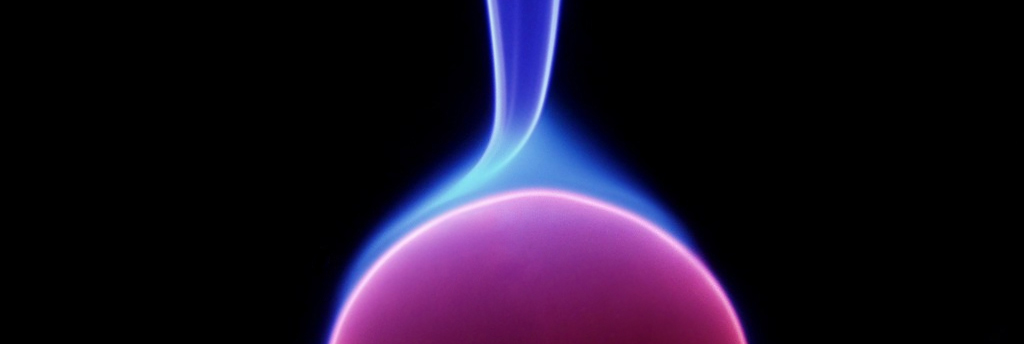Granada hosts a high level international scientific summit on low-temperature plasma
The International Conference on Phenomena in Ionized Gases (ICPIG) is bringing together over five hundred researchers in Granada this week
The International Conference on Phenomena in Ionized Gases (ICPIG) is bringing together over five hundred researchers in Granada this week
Plasma, the fourth state of matter (besides liquid, solid and gaseous states), has turned out to be essential to current technological development; its applications range from space shuttle propulsion to certain types of household appliances and biomedicine. More than five hundred researchers from fifty countries have gathered in Granada this week, in a high level international congress which is being held in Spain for the first time since its inception in 1953, to discuss the fundamental properties and applications of low-temperature plasma.

Plasma is obtained by ionizing gas, i.e., by increasing the number of free electrons it contains. This can be done, for example, by applying an electric field to it. "Plasma is characterized by the conduction of electricity, which gives it the unique property of interacting with external electric and magnetic fields, just like metals do. From the standpoint of its electromagnetic properties, plasma would be like a gaseous metal," says Francisco J. Gordillo Vázquez, researcher at the Institute of Astrophysics of Andalusia (IAA-CSIC) and president of the congress’ organizing committee.
Plasma is present in many different environments and is divided into two categories: hot or cold. In the latter, all the particles that form the plasma share the same temperature; in the former, the heavier particles—neutral particles and ions—remain practically at room temperature while the temperature of the electrons rises steeply. That is how we end up with a ‘gas’ that doesn’t burn, has the same properties as metals, and in which thermal equilibria and chemical reactivities are subject to manipulation.
"The study of the physical and chemical properties of low temperature plasma (such as the fluorescent tubes or plasma TV sets) is a pillar that sustains important current advancements in science and technology,” says Gordillo Vázquez (IAA-CSIC). Besides shuttle propulsion and biomedicine, low-temperature plasma is used in applications like surface treatment, residual gas purification, fabrication of nanomaterials or nanostructures, and laboratory study and modelling of the chemistry of interstellar space, among others.
A SUMMIT WITH SIXTY YEARS OF HISTORY
The International Conference on Phenomena in Ionized Gases is a biennial gathering which, on this thirty-first edition, will be held in the Granada Congress Hall, from July 14 through 19.
The scientific agenda is structured around the main topics relative to low-temperature plasma (fundamentals, modelling and simulation, sources of plasma and applications). Throughout the week, some thirty five plenary and specialized conferences will be held, as well as two special sessions dedicated to plasma assisted combustion and plasma space propulsion and aerodynamics (with applications in the aerospace sector).
The congress was organized by the Institute of Astrophysics of Andalusia (IAA-CSIC) in partnership with the Institute for the Structure of Matter (IEM-CSIC), the universities of Cordoba (UCO) and of the Basque Country (UPV), and the Polytechnic University of Madrid (UPM).
Web page of meeting: http://www.icpig2013.net
